Polish Mi-24 Upgrade: Capability and Industrial Opportunities
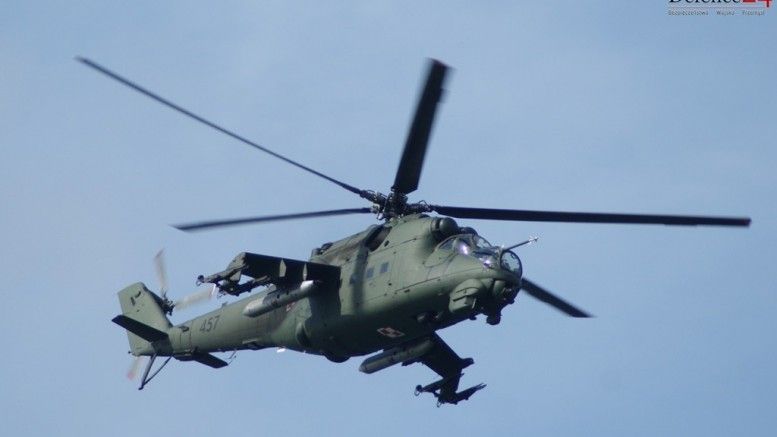
The Polish military currently operates the Mi-24 attack helicopters that could still be (potentially) employed for years to come. Nonetheless, for quite some time now, the Mi-24 has no primary ordnance at its disposal. The Polish attack helicopter platform also lacks in the department of modern self-defence systems and countermeasures. The upgrade programme is an opportunity – both for the military, as well as for the industry. If successfully used, this project may constitute a chance to acquire new combat capabilities and to get properly ready for new acquisition planned within the framework of the Kruk procurement programme. The majority of the work may be conducted in Poland while the know-how obtained could be perceived as a development-driving factor during the upcoming years.
Gap Filler - Domestic and Long Term Solution?
In the present circumstances of the COVID-19 pandemic and the worsened economic situation in which Poland finds itself, the domestic solutions and programs that utilize the existing assets to recover or create certain capabilities become, altogether, far more important. This has been especially pronounced in the areas where the Polish military is in urgent need of modernization, including the anti-tank domain.
Alongside a myriad of land-based systems, the helicopters shall play a key role in this area, acting as a mobile asset that has a rapid intervention capacity for the commanders of the land elements. The Technical Modernization Plan foresees the acquisition of new attack aircraft in the “Kruk” programme, alongside some support helicopters as well. However, the procurement schedules have not been specified, as of yet. The introduction of the Kruk platform alone would be a lengthy process. Initial Operational Capability is expected to be obtained at least 7 years after the agreement is signed. Achieving the Full Operational Capability status would probably take even a decade. Thus, a gap-filler solution, based on the available potential, is an option that shall be scrutinized and pursued in parallel.
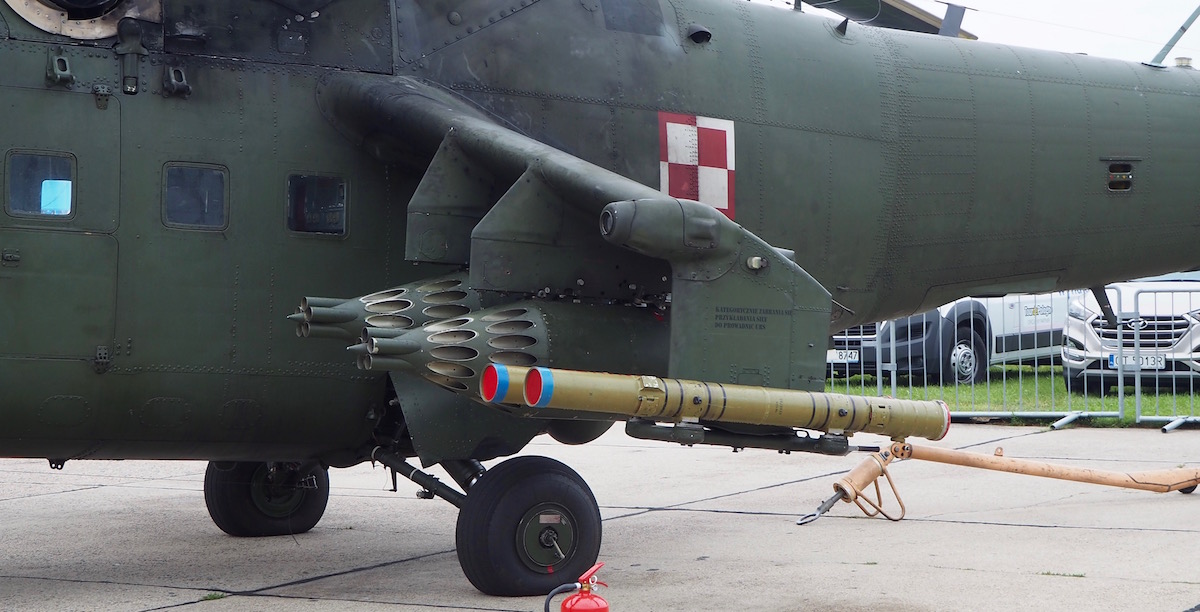
Poland currently operates around 30 Mi-24D and Mi-24W helicopters. Nonetheless, since at least a decade, they have not been using any guided munitions. The remaining ordnance does not provide the platform with sufficient firepower. In the aforesaid circumstances, one could consider the acceleration of the programmes launched last year, aimed at upgrading the Hinds used by the Polish military. What’s equally relevant, these programmes shall use the capacity offered by the Polish industrial and scientific centres to the fullest. On one hand, that would greatly diminish the cost of programmes as such. On the other hand, the money would be invested domestically during the crisis, supporting the Polish facilities paying taxes in Poland - this diminishes the actual costs and inspires real action. At the same time, a complex modernization may turn out to be an interesting offer for numerous users of similar equipment that is broadly employed all around the world. A programme as such may have some export potential then. Securing foreign orders would make it possible to increase the affordability and cost-effectiveness of this project.
Finally, what is relevant here, the introduction of modern systems and integration of these systems on the existing rotary-winged assets would provide them with a better set of capabilities, but it will also create an option of delivering proper training and form corresponding habits in case of the personnel expected to take over the new helicopters, to be procured during the “Kruk” programme. The fact that the crews would already be acquainted with modern avionics and armament could accelerate the process of attaining the combat readiness. Not to mention the fact that potential decommissioning of the Hinds would create a permanent loss of skill and potential of the soldiers that still have some valid know-how and experience at hand, gathered during the Iraqi or Afghan deployments.
Requirements and Capabilities
Thinking of the Mi-24 upgrades, one should note that they shall only act as a gap-filler before the modern “Kruk” attack helicopter is procured. Procurement of 32 helicopters in the Kruk programme is by no means exhaustive, when it comes to the needs of the Army in the attack rotary-winged platform department, which I have been mentioning a lot over the past few years. This means that the modernized attack helicopters would need to be operated in parallel with the Kruk platform, alongside other support helicopters - at least for some time. Due to the commonality in the maintenance domain, one of the reasonable scenarios could involve a transfer of the Mi-24 platforms to the units flying the Mi-17, in a support/escort role with limited troop-carrying capacity.
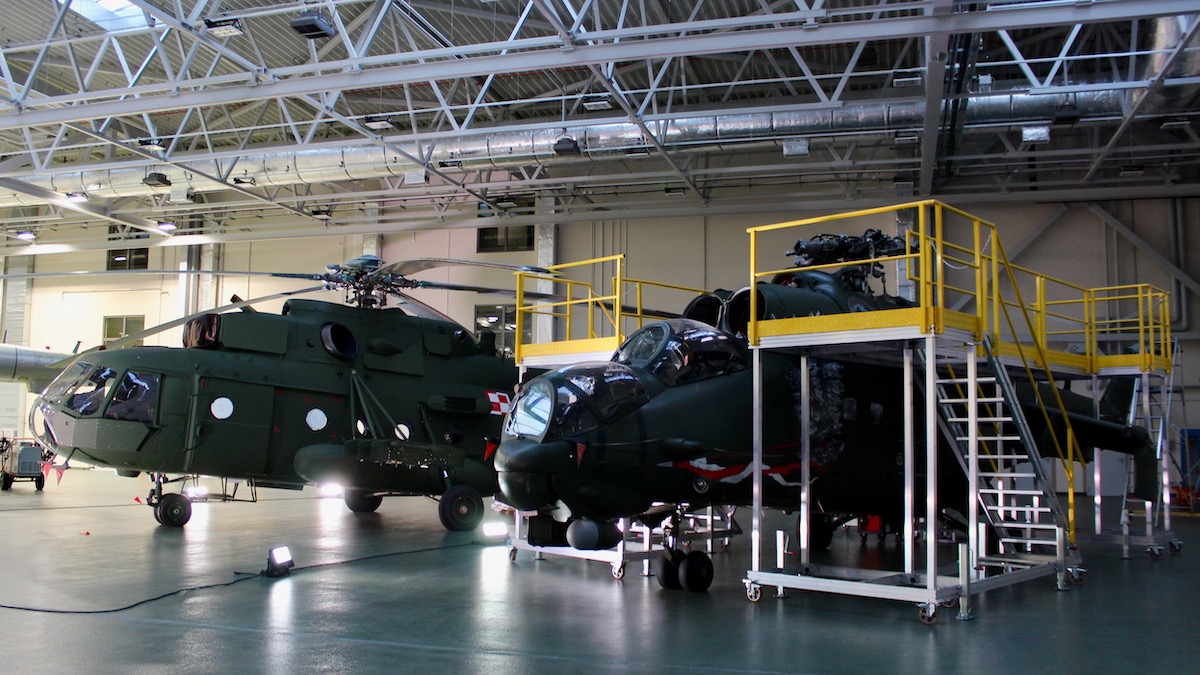
To justify the further extension of the Hinds’ life in the Polish military, one should primarily increase the crew’s situational awareness and recover the combat capability of the platform. The Polish military currently has no ATGMs at its disposal, that would allow the Mi-24D/W to act against contemporary armour, such as the main battle tanks for instance. The whole set of the armament used by the Polish Hinds, ranging from ATGMs, rockets or even cannons and machine guns are compliant with the Soviet standards.
Even though the unguided rockets are available and common (despite the non-compliance within the framework of NATO), the guns are reaching the end of their lifetimes, with the .50-cal. ammunition being non-compliant with the armament currently used by the Polish military. The machine guns and the rocket launchers are also not compliant with the NATO standard. The aircraft also do not feature any modern electro-optical systems, sporting solely analogue Raduga or Shturm sights that use mirrors and prisms. The third weakness exhibits itself in the lack of modern countermeasures and electronic warfare systems.
The aircraft themselves could withstand at least 2 more decades of flying, as shown by the theoretical analyses currently verified in fatigue tests executed by the Air Force Institute of Technology, WZL-1 (Military Aviation Works no. 1), and by the PZL Świdnik facility. The operational employment can be supported by the WZL1 facility that can overhaul both the aircraft, as well as their engines. Notably, WZL-1 S.A. has recently been awarded an order concerning the overhauls of the TW3-117 engines used in Mi-14, Mi-17, and Mi-24.
To employ those aircraft effectively, on the contemporary battlefield, a complex modernization would be required in the areas of avionics, armament, and countermeasures. Not only could the Polish industry be involved in the integration of the upgrades package, as it may also work on the delivery of the components in all of the aforesaid areas.
Avionics - Analogue to Digital
The avionics, namely the human-machine interface, is an important factor influencing the functionality and safety of operations. Today the Mi-24 is 5 decades old, so is the technology that it uses. That also creates some problems and dangers when it comes to the indicators in the cockpit - they display the data using the metric system. This is a nuisance, as NATO has adopted the imperial units in the area of aviation. This makes the airmanship more difficult to translate into the common language, the same applies to the flight parameters.
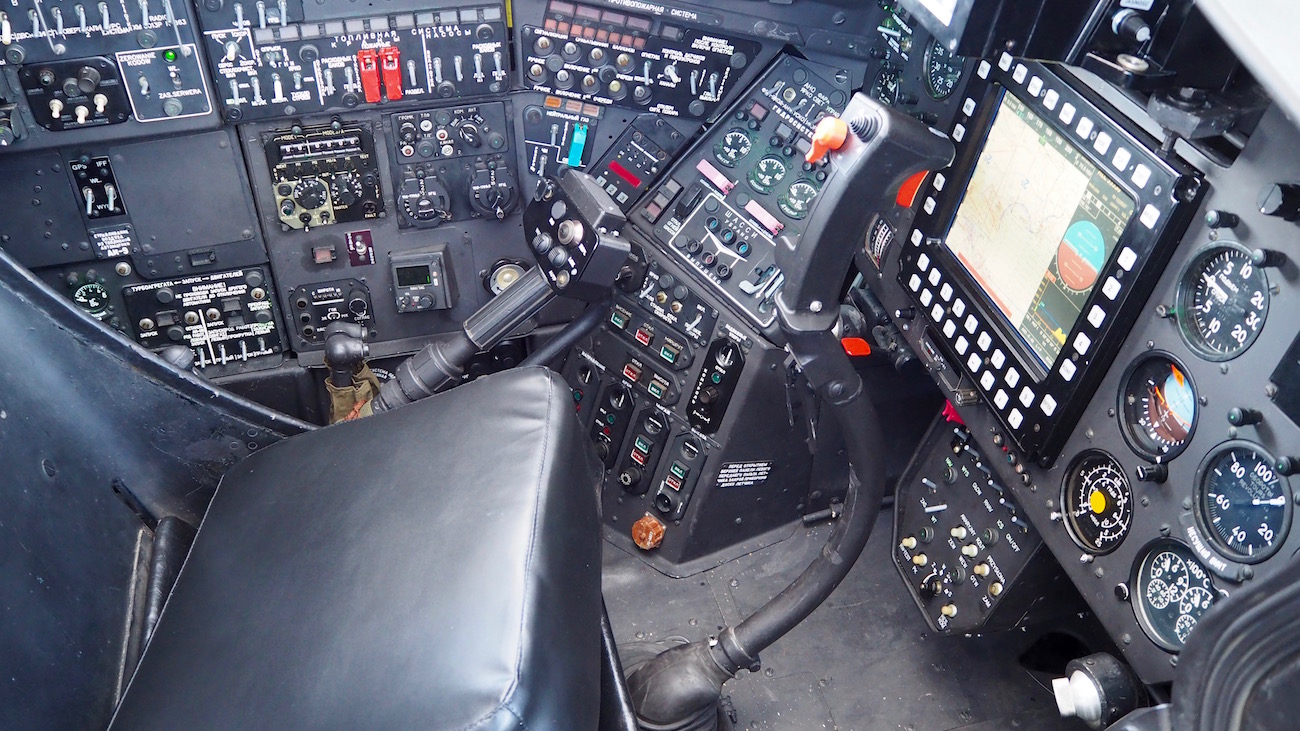
The bare minimum, when it comes to avionics, would then involve unit conversion on the gauges (altimeter in feet, speedometer in knots, and so on). Changes as such are introduced by the Czechs on their Mi-17 and Mi-171Sz helicopters. However, even when easily accessible solutions are used, it is quite a simple fix, to replace the classic gauges with MFDs, feeding the data to the crew in a more accessible form.
Apart from the flight and technical parameters, this would also make it easier to conduct weapons management, once proper controls are introduced. The above refers, for instance, to the ability to display the optoelectronics imagery for the pilot or the gunner, or to display the imagery gathered by the missile sensor, in case of some of the guided missiles.
The avionics upgrade has been a part of the proposal presented by the PGZ Group and the Air Force Institute of Technology, during the MSPO event in Kielce. The aircraft also features integrated onboard instrumentation developed by the Air Force Institute of Technology, which is modular, and that has been based on previous experiences. The Institute works hand in hand with WZL-1 in supporting and maintaining the Polish Hinds. The above includes navigation, communication, data recording, mission, weapons, sensor, and passive/active countermeasure subsystems. The system could be integrated with solutions already operated by the Polish military, both in the armament, as well as in the optoelectronics domain (see below). Using solutions as such would facilitate the integration of new weapons and onboard equipment on one hand, and training of the crews on the new avionics on the other, with those avionics having a certain degree of commonality with the prospective Kruk attack helicopter platform.
Armament - A Top Priority
Recovering the weapons capability is the primary reason for the Mi-24 modernization planned to commence. The reintroduction of ATGMs is the primary requirement here. Different options have been made available: laser guidance, radar guidance (or combined solutions), or optical/IR guidance are all being considered.
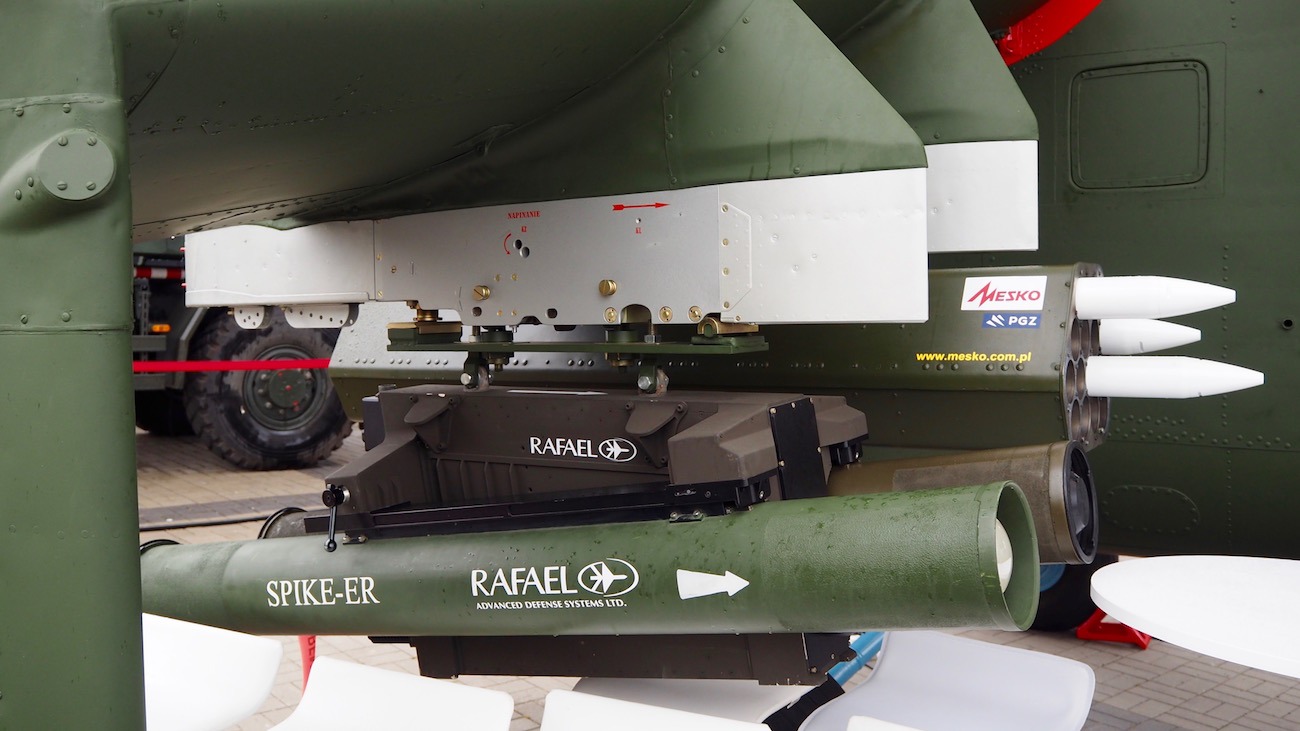
Elements that are already operated by the Polish military and that are manufactured by the Polish industry could be considered as a relevant asset in the modernization process. The above refers to the Spike ATGMs and Rafael Toplite optronic system.
Read More: Polish Development of SPIKE ATGM
Mesko is already manufacturing the Spike-LR ATGMs employed in a land setting, with a range of 4 kilometers. Systems of a greater range are expected to be offered for the Mi-24: The Spike-ER2 system (10 km of range with the use of fiber optic and up to 16 km of range when radio-connectivity is used) and the heavier Spike-NLOS solution the range of which exceeds 30 kilometers, depending on the user requirements. The license-manufacturing of those missiles could be launched at Mesko, following a potential decision to procure them for the Polish Armed Forces.
Toplite optoelectronic sensors used for guidance purposes in conjunction with the Spike ATGM offered in the Mi-24 upgrades programme have already been integrated on the Polish Głuszec (capercaillie) helicopters. Rafael has recently signed an agreement with PCO. Based on that document, the businesses are to cooperate on the manufacturing of those sensors. The effort is said to be related to the Mi-24 upgrade.
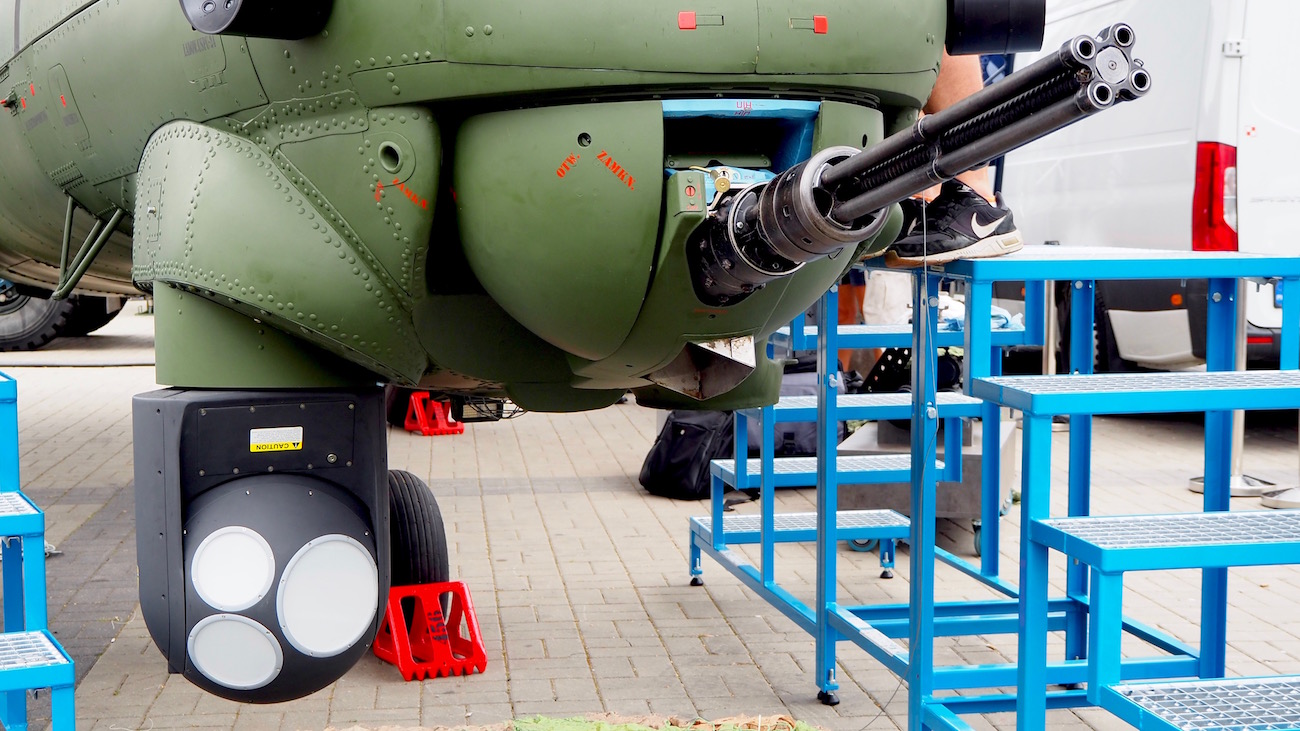
Another important matter is the issue of the 80 and 57 mm unguided rockets that could potentially be replaced by a newer solution, preferably in the caliber that is the most common one in NATO - 70 mm. This requires the aiming system to be re-zeroed, and the procurement of new armament is also necessary. One of the PGZ-owned facilities offers a “conversion” hardpoint for the Mi-24, making the hardpoints compliant with the Western standards. The 70 mm launchers and rockets could be delivered by Mesko. The NATO-compliant unguided rockets can be easily converted into a laser-guided PGM. A similar set of upgrades could be applied in case of the machine guns that may be replaced with a NATO-compliant counterpart.
Electronic Warfare and Countermeasures
Last, but not least – a modern radar warning receiver/laser warning receiver and countermeasures are also desirable in case of the Polish Hinds, alongside a modern electronic warfare suite. This is especially pronounced if we speak of survivability on the modern battlefield. A myriad of solutions is being offered now – some of them have been proposed within the framework of the technical dialogue.
The All-in-Small system is a good example here. It is offered by the Zielonka-based WZE facility in collaboration with the Elisra company based in Israel. The system in question fuses laser and radar warning receivers and a flares/chaff dispenser. A solution as such could be potentially integrated on several different platforms.
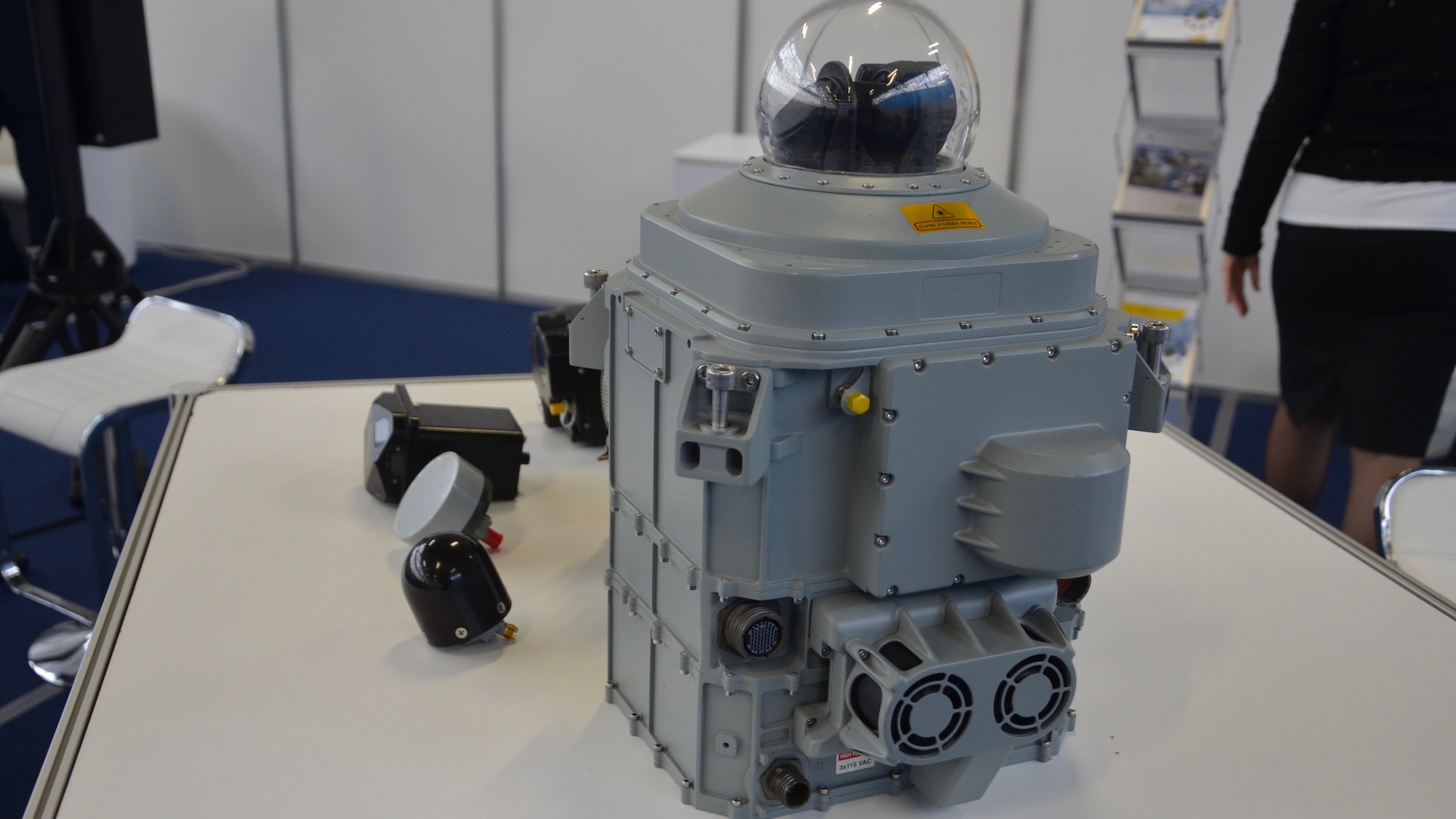
Should a decision be made to procure other helicopters, using a similar or identical electronic warfare and self-defence suite could be well justified. However, this would also be subject to cost assessment. The system shall be well-tailored to the aircraft and its onboard systems so that an optimal level of protection is provided. It is a relevant element that has a major impact on survivability on the modern battlefield.
Domestically Made Tailored Package
A proper upgrade package shall be developed and optimized with its cost-effectiveness taken into the account. Furthermore, should a modification as such be developed for the Mi-24, some of its elements, ranging from avionics, through armament to self-defence systems, could potentially be integrated on other helicopter platforms, new ones, or upgraded systems.
Potential standardization could diminish the maintenance cost and the cost of operation that shall be incurred domestically, to the maximum extent possible. Even if some tech needs to be acquired abroad, the products can be license manufactured domestically and further supported in-country.
Programmes as such shall see as high Polish participation as possible. This may refer to the PGZ Group, as well as the private aerospace and defence entities with proper expertise available. Modernization of the Mi-24 that broadly utilizes the potential offered by the Polish defence sector could lead to the acquisition of expertise that could be put into use on the export markets later on in the future. Mi-24 family helicopters are still in operation globally and they have high upgrades potential.
At the same time, upgrades, overhauls, and maintenance activities can, altogether, be a means of support for the domestic industry, during the upcoming crisis. Raising the operational potential of the Polish military could also increase the competitiveness of the Polish industry translating into improving its position during the economically troublesome period that could emerge in the post-pandemic era.

WIDEO: Defence24 Days 2025: Premier Defence & Security Conference in CEE